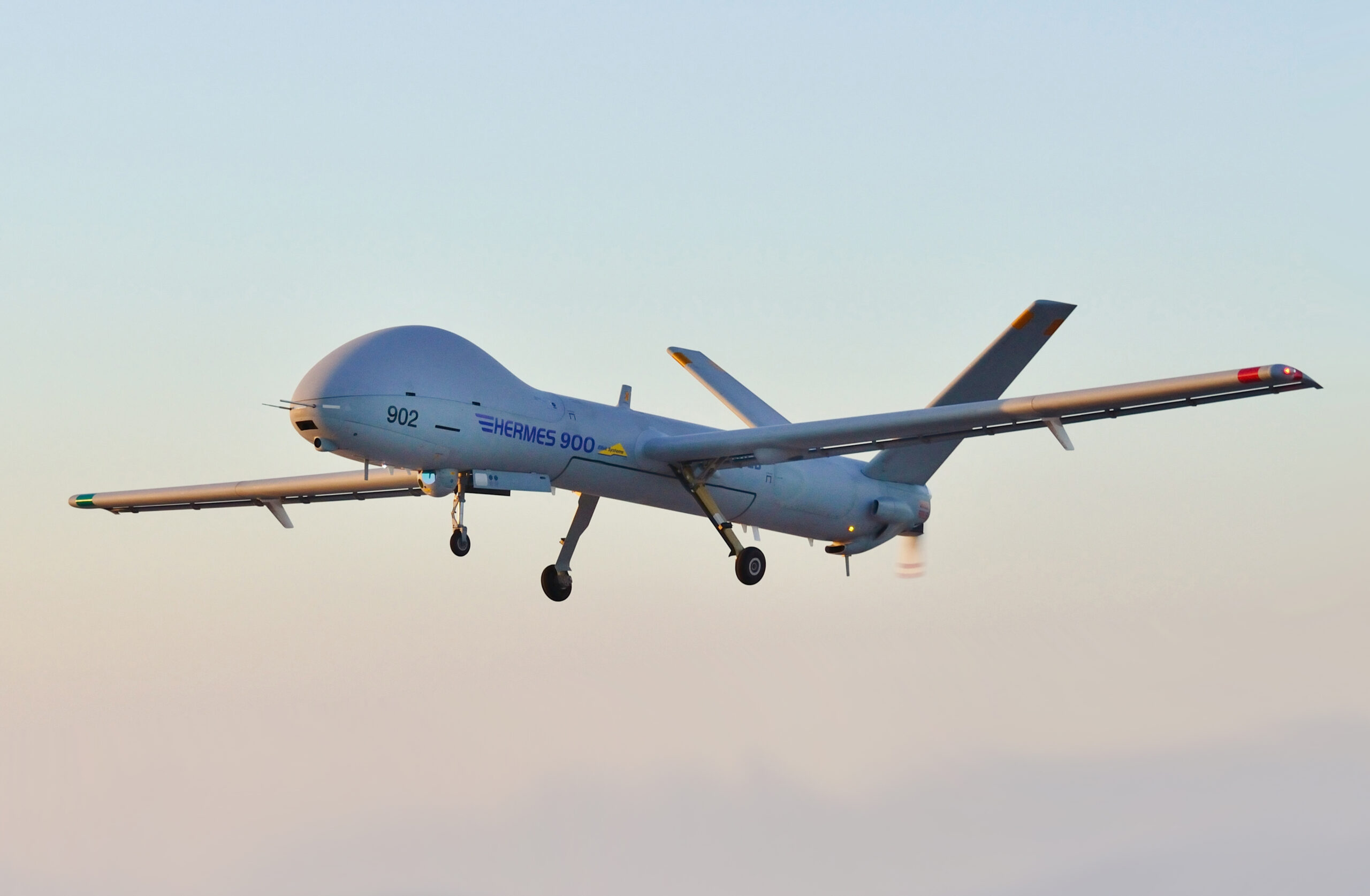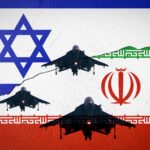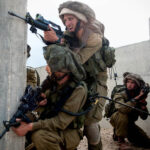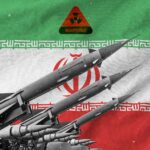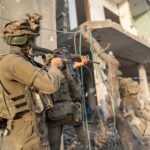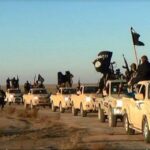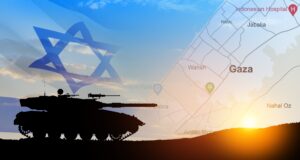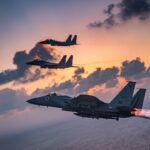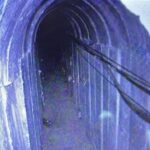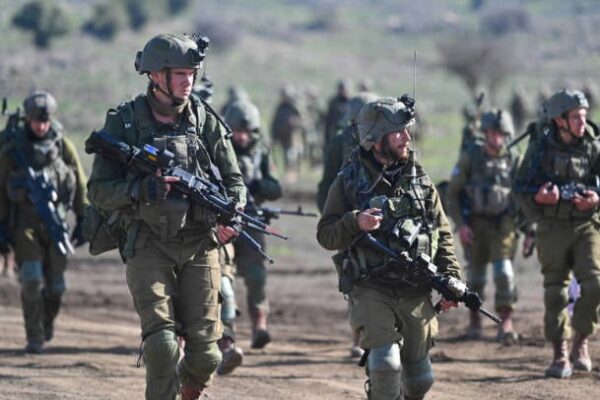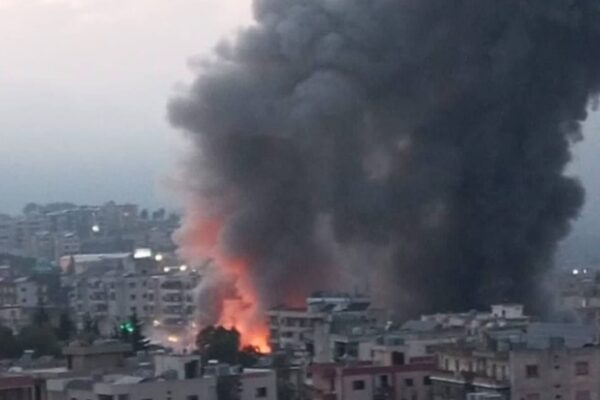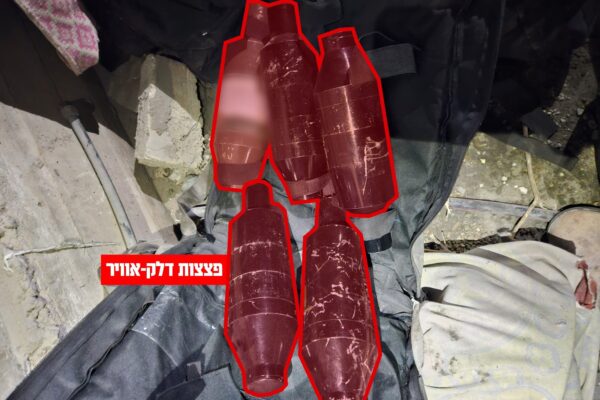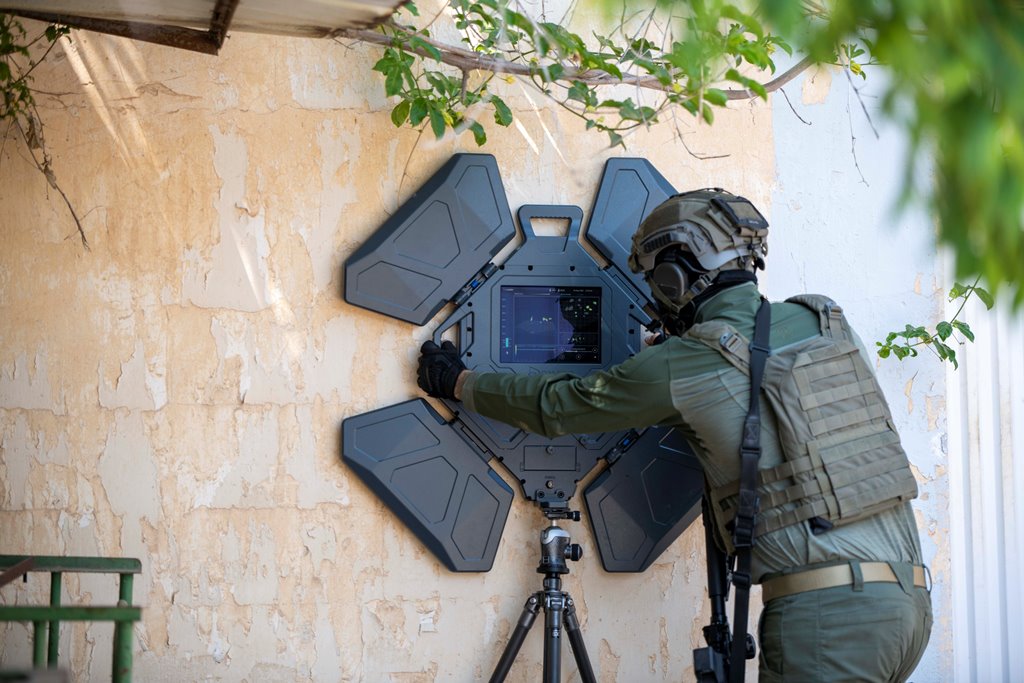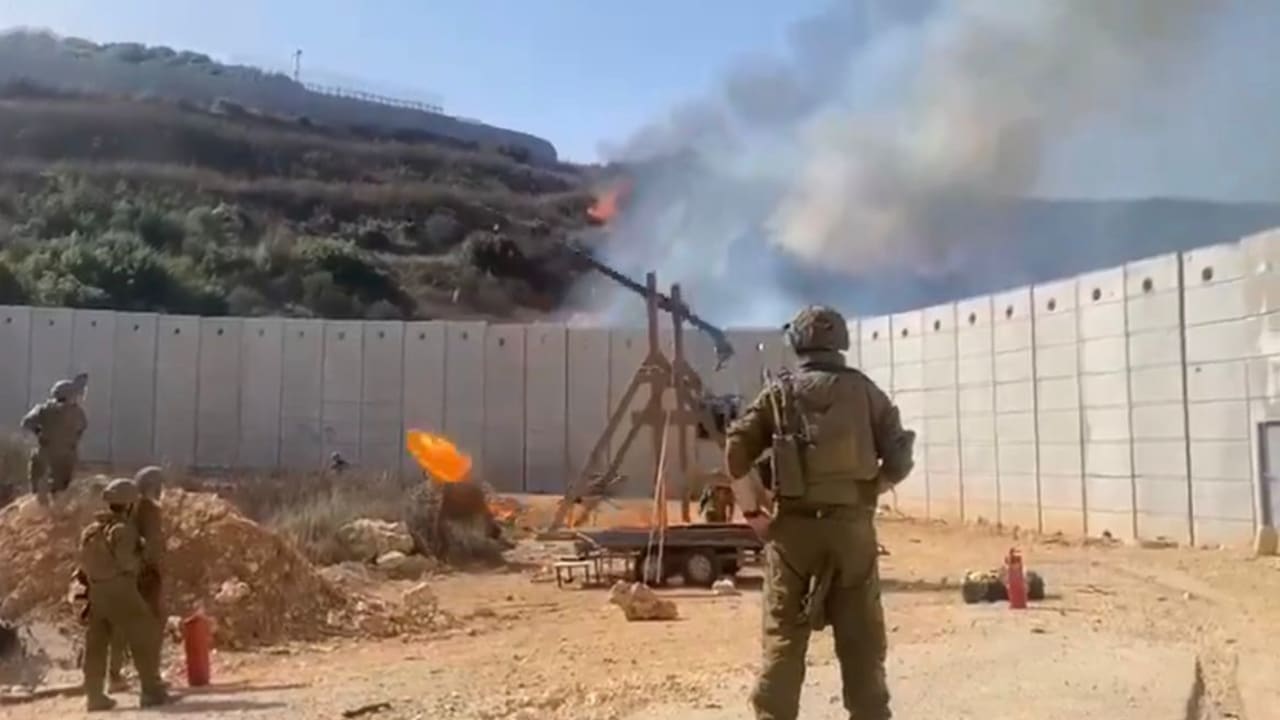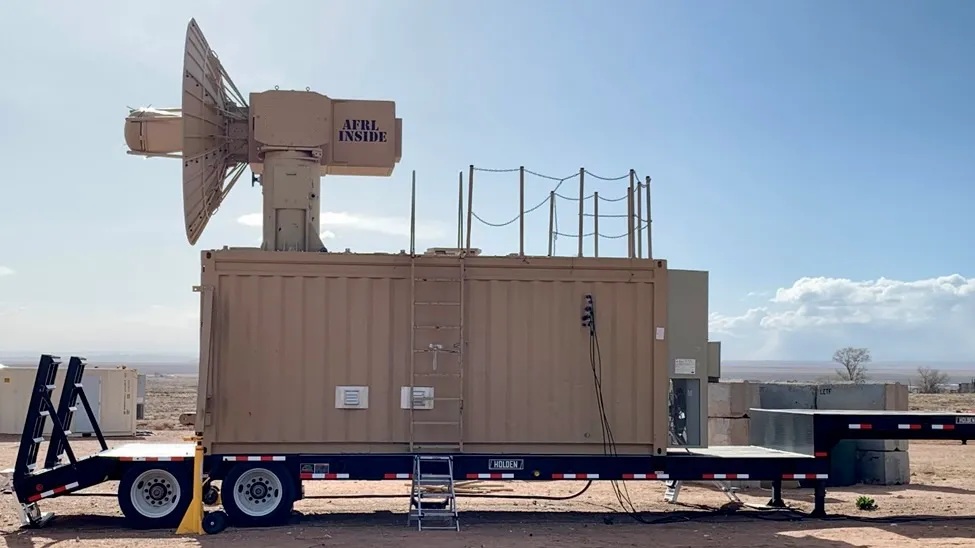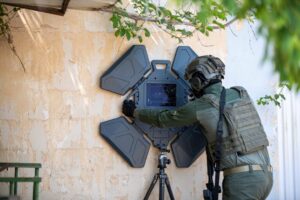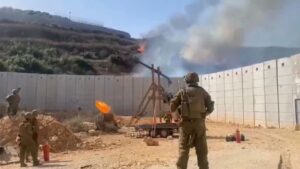The IDF is widely recognized as having one of the most extensive and sophisticated drone arsenals in the world.
By Hezy Laing
The IDF is widely recognized as having one of the most extensive and sophisticated drone arsenals in the world, rivaling or even surpassing many larger militaries in operational diversity and integration.
Why the IDF’s Drone Fleet Stands Out
Operational Breadth: The IDF uses drones across nearly every layer of military operations—from infantry-level reconnaissance to strategic intelligence, precision strikes, and logistics.
Tactical Integration: Drones are now embedded in field platoons, not just elite units, transforming how ground forces engage threats.
Innovation Pipeline: The IDF collaborates with startups and defense firms to rapidly prototype and deploy new UAVs, including unmanned APCs and AI-powered surveillance systems.
Global Comparison: While the U.S., China, and Russia possess large drone fleets, Israel’s emphasis on agility, real-time deployment, and battlefield integration gives it a unique edge.
Its drones are battle-tested in asymmetric warfare environments like Gaza and southern Lebanon, offering lessons in urban combat, counterterrorism, and rapid response.
The IDF fields an incredibly wide range of UAVs, that each focus on different missions.
This includes:
Reconnaissance and Target Identification – Drones like the Elbit Hermes 450 scout enemy positions and mark targets for artillery or airstrikes.
Real-Time Battlefield Intelligence – Tactical drones such as Skylark provide live feeds to ground units during combat.
Precision Airstrikes – Armed drones like the Harop loitering munition autonomously strike high-value targets.
Search and Rescue – Drones assist in locating missing soldiers or civilians in combat zones or disaster areas.
Border Patrol and Smuggling Interception – UAVs monitor borders with Gaza, Lebanon, and Egypt to detect infiltrations or contraband.
Electronic Warfare – Specialized drones jam enemy communications or GPS signals during operations.
Medical Supply Delivery – Thor drones deliver blood and medical kits to wounded soldiers in active combat zones.
Tunnel Detection – Drones equipped with ground-penetrating sensors help locate underground tunnels used by militants.
Fire Spotting and Damage Assessment – After airstrikes or artillery fire, drones assess structural damage and detect secondary threats.
Psychological Operations – Drones drop leaflets or broadcast messages to influence enemy morale or warn civilians.
Visual Surveillance – High-resolution cameras capture imagery of enemy movements, terrain, and infrastructure.
Thermal Imaging – Infrared sensors detect heat signatures, useful for night ops or locating hidden combatants.
Signal Intelligence (SIGINT) – Drones intercept radio, cellular, and encrypted communications for analysis.
Radar Surveillance – Synthetic aperture radar (SAR) enables mapping and tracking through smoke, fog, or camouflage.
Multispectral Scanning – Advanced sensors analyze vegetation, soil, and materials to detect hidden bunkers or explosives.


